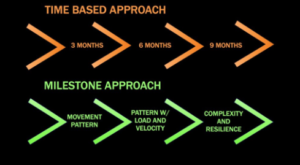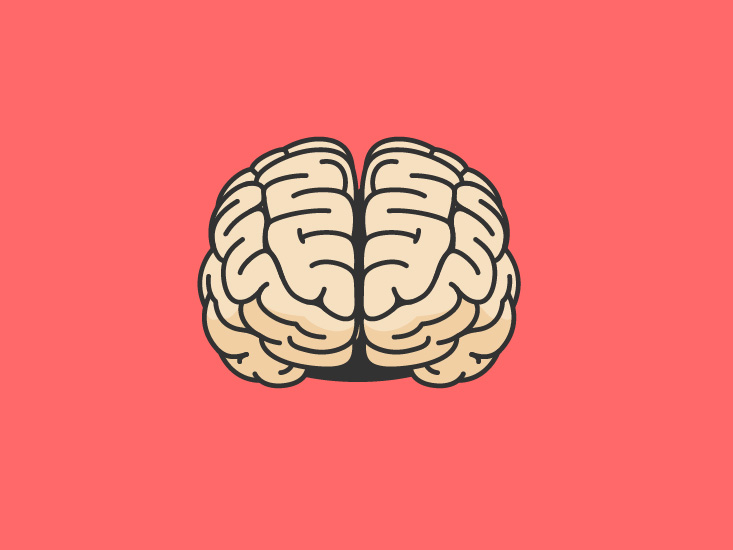
How Can You Aide Your Aging Brain
Are you experiencing a foggy brain? Forget where your keys are at? Can’t remember the name of that song you’ve heard a thousand times? These are all common complaints people have as they get older. Typically, we assume there is nothing we can do about it. It’s just part of the aging process. However, imagine if you could maintain your mental sharpness and even improve it.
Is This Possible?
A protein called B.D.N.F. is the key! High levels of B.D.N.F. rapidly rewire your brain, helping you learn faster, improve your memory and age slower. B.D.N.F. stands for Brain-Derived Neurotrophic Factor (B.D.N.F.) which is a stimulatory protein that produces new cells in the brain and improves the power of existing cells.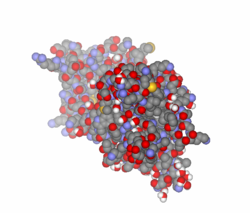
Think of brain-derived neurotrophic factors as fertilizer for your brain. You have billions of neurons (aka cells), and BDNF keeps them flourishing and strong. When you release BDNF, it flips the switch on a series of genes that grow brand-new cells and pathways. BDNF also strengthens the neurons you already have. Along with keeping you mentally alert and improving memory high BDNF carries many other benefits, too.
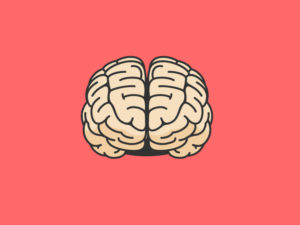 Neuroplasticity is used to describe this tendency for the brain to keep developing, changing, and potentially healing itself. As you release BDNF, your genes “turn on” new brain cell growth, the more BDNF you have the quicker you learn, the more you remember, the less your brain ages and you actually reshape your brain. Every stressful situation in your life, from work to home, slightly damages your brain cells. B.D.N.F. actually increases the plasticity of your brain so it actually minimizes the impact of stress on brain cells.
Neuroplasticity is used to describe this tendency for the brain to keep developing, changing, and potentially healing itself. As you release BDNF, your genes “turn on” new brain cell growth, the more BDNF you have the quicker you learn, the more you remember, the less your brain ages and you actually reshape your brain. Every stressful situation in your life, from work to home, slightly damages your brain cells. B.D.N.F. actually increases the plasticity of your brain so it actually minimizes the impact of stress on brain cells.
How Do You Increase B.D.N.F.?
The first and most immediate way to increase B.D.N.F. is via electroacupuncture. Research has shown stimulating specific points via electroacupuncture immediately produces the B.D.N.F. protein. It’s important to note that traditional acupuncture does not produce the same results as electrical acupuncture.
SLEEP:
It should come as no surprise that both the quality and duration of your sleep increase BDNF. The deeper stages of sleep stages 3 and 4, increases BDNF release. Stage 3 and 4 are the deeper, restorative stages of sleep. There are four sleep stages, and you cycle through them every 90 minutes or so.
EXERCISE:
Both endurance and intense exercise increases BDNF. Endurance exercise increases B.D.N.F. at a more substantial rate. Getting your heart rate up is important.
RELAXATION:
Activities such as meditation, sauna, and general downtime all promote B.D.N.F. Stress is toxic to B.D.N.F. No surprise, then, that meditation increases BDNF, specifically strengthening areas that correlate with pain tolerance, body awareness, memory, emotional control, happiness, and attention. Start by meditating for 5 minutes every morning. Some days you may quiet your mind, while other days your thoughts may run rampant. When beginning a meditation practice, don’t get too attached to the results. Consistency is more important than “getting it right.”
POLYPHENOLS:
These antioxidants stimulate brain-derived neurotrophic factor and protect you from stress. Coffee, green tea, dark chocolate, blueberries, and colorful vegetables are all excellent polyphenol sources. Coffee fruit extract (the red fruit surrounding coffee beans) is especially potent, and 100 mg of coffee fruit extract raised BDNF by about 140 percent in several studies. The boost lasted for a few hours. Coffee fruit extract can be supplemented. Designs for health makes the highest quality version.
GET MORE SUN:
Exposure to the sun can increase your mood and improve the amount of BDNF you produce. It also increases vitamin D production, and actually decreases your risk of skin cancer, provided you don’t burn yourself. Try to get at least 20 minutes of direct sunlight every day. Avoid putting sunscreen on for 20 minutes so you can absorb the sun’s rays. You want the UV rays hitting photoreceptors on your skin and retinas.
LOW CARB HIGH FAT:
The use of a low carb high-fat diet can greatly decrease inflammation and help with overall brain health. (Ketogenic type diets)
SUPPLEMENTS:
Zinc, CBD oil, Omega 3’s and coffee fruit extract have all been shown to increase B.D.N.F. production in the brain.
What to Avoid?
STRESS:
Excessive stress blocks your ability to produce BDNF, increases cortisol and shortens your telomeres.
CONSTANT STIMULATION:
Always checking your phone and staying in a mode of always being “on” decreases B.D.N.F. You’re constantly bombarded with work, advertisements information, pollution, artificial lighting, and all kinds of other stimuli that tax your biology. It’s important to be “bored” sometimes to allow your mind to recharge.
SUGAR AND PROCESSED FOODS:
These foods have been shown to directly inhibit your ability to make ample amounts of the protein B.D.N.F.
LACK OF RELATIONSHIPS:
Being isolated socially leads to lower BDNF levels and contributes to depression. Social interaction has positive impacts on your development.

DR. AARON GERARD
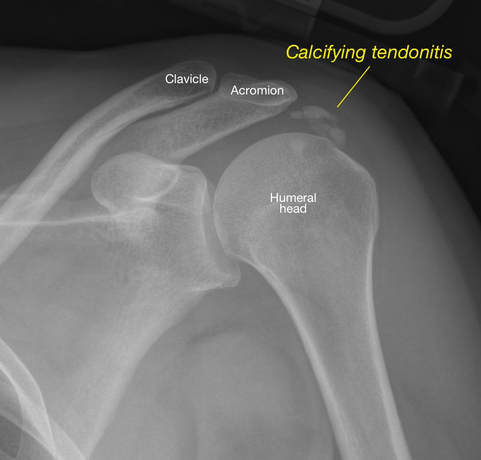



 Neuroplasticity is used to describe this tendency for the brain to keep developing, changing, and potentially healing itself. As you release BDNF, your genes “turn on” new brain cell growth, the more BDNF you have the quicker you learn, the more you remember, the less your brain ages and you actually reshape your brain. Every stressful situation in your life, from work to home, slightly damages your brain cells. B.D.N.F. actually increases the plasticity of your brain so it actually minimizes the impact of stress on brain cells.
Neuroplasticity is used to describe this tendency for the brain to keep developing, changing, and potentially healing itself. As you release BDNF, your genes “turn on” new brain cell growth, the more BDNF you have the quicker you learn, the more you remember, the less your brain ages and you actually reshape your brain. Every stressful situation in your life, from work to home, slightly damages your brain cells. B.D.N.F. actually increases the plasticity of your brain so it actually minimizes the impact of stress on brain cells.
 A common theme among youth sports today is the growing demand for injury prevention and risk management. This comes with good reason. ACL injuries are on the rise in youth athletics. This is especially so in female athletes from the ages of 13-17. They have seen a 59% increase in ACL repair surgeries over the last 14 years! It gets worse, 10% or more of these athletes will go on to experience a reinjury. 50% will experience trauma induced arthritis later on in their lives. These numbers can be scary as a parent to an athlete. However, there are proven ways to address risk factors contributing to ACL injuries. That’s where the lab at Greenwich Sports Medicine comes in.
A common theme among youth sports today is the growing demand for injury prevention and risk management. This comes with good reason. ACL injuries are on the rise in youth athletics. This is especially so in female athletes from the ages of 13-17. They have seen a 59% increase in ACL repair surgeries over the last 14 years! It gets worse, 10% or more of these athletes will go on to experience a reinjury. 50% will experience trauma induced arthritis later on in their lives. These numbers can be scary as a parent to an athlete. However, there are proven ways to address risk factors contributing to ACL injuries. That’s where the lab at Greenwich Sports Medicine comes in. Working with the athlete’s coaches and trainers, we’ll plan to create and implement an evidence-based prevention program that they can work on leading up to, and during the season in order to minimize their risk of ACL injury. While there are plenty of risk factors that we don’t have control over, addressing the ‘modifiable’ risk factors has been shown time and time again to decrease overall ACL injuries (up to 60% reduction according to research).
Working with the athlete’s coaches and trainers, we’ll plan to create and implement an evidence-based prevention program that they can work on leading up to, and during the season in order to minimize their risk of ACL injury. While there are plenty of risk factors that we don’t have control over, addressing the ‘modifiable’ risk factors has been shown time and time again to decrease overall ACL injuries (up to 60% reduction according to research).
 Medical Acupuncture at Greenwich Sports Medicine
Medical Acupuncture at Greenwich Sports Medicine
